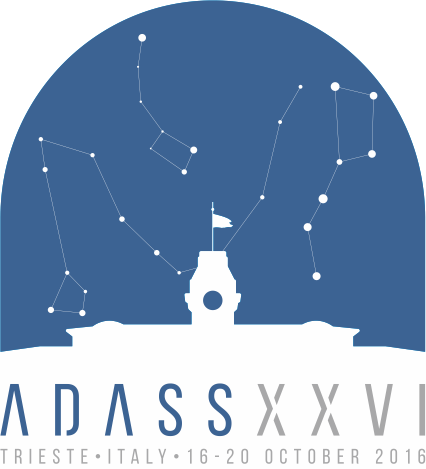Vuerli Claudio
Contact
- Position:
- INAF - Osservatorio Astronomico di Trieste, Trieste
- Address
- Italy
Miscellaneous Information
- Miscellaneous Information
-
Abstract Reference: 31679
Identifier: P2.31
Presentation: Poster presentation
Key Theme: 2 Management of Scientific and Data Analysis ProjectsThe management of risks in the Euclid SGS
Authors:
Vuerli Claudio et al.The management of risks is one of the critical aspects for a very large and complex project like the Euclid SGS project (the project related to the Science Ground Segment of the Euclid ESA mission). The Euclid Consortium which forms the SGS together with the SOC operated by ESA counts 9 SDCs (Science Data Centres) and 10 OUs (Organization Units) for the definition of the Processing Functions which form the data processing pipeline, the pipeline execution and the storage of the data produced by this execution and the computing infrastructure used to run the defined pipelines.
The management of risks in Euclid SGS takes place within the ECSGS Project Office and is in charge of the PAQA Managers (the ECSGS PAQA Manager is located in Trieste whereas the SOC PAQA Manager operates at ESA/ESAC, Madrid). The PAQA Managers are in charge of the maintenance of the Risk Register which is the unique repository where all risks identified within Euclid SGS are kept and managed. In carrying out this task the PAQA Managers have continuous interactions with the Euclid SGS Managers (the ECSGS Manager and the SOC Development Manager).
PAQA Managers are in charge of identifying and collecting all risks emerging within the SGS; each identified risk has associated a likelihood of occurrence and a severity level; on the basis of these two parameters SGS risks are located in three areas: the green, yellow and red area. Risks in the green area are considered not critical; their occurrence can be accepted without undertaking reduction or mitigation actions for them. Risks coded as yellow or red require to be properly managed, i.e. they are included in the "Main Risks" page, and proper risk reduction and mitigation measures are specified for them. A risk can also be retired if its severity and/or its likelihood drops under a certain threshold. Accepted risks may be retired also if they are considered to be part of the normal work of the SGS.
The purpose of the proposed poster is to present in detail the classification of the risks in Euclid SGS as mentioned before and the way risks are managed starting from their identification up to their insertion in the Risk Register and the subsequent management/update during the lifetime of the Euclid SGS project.



